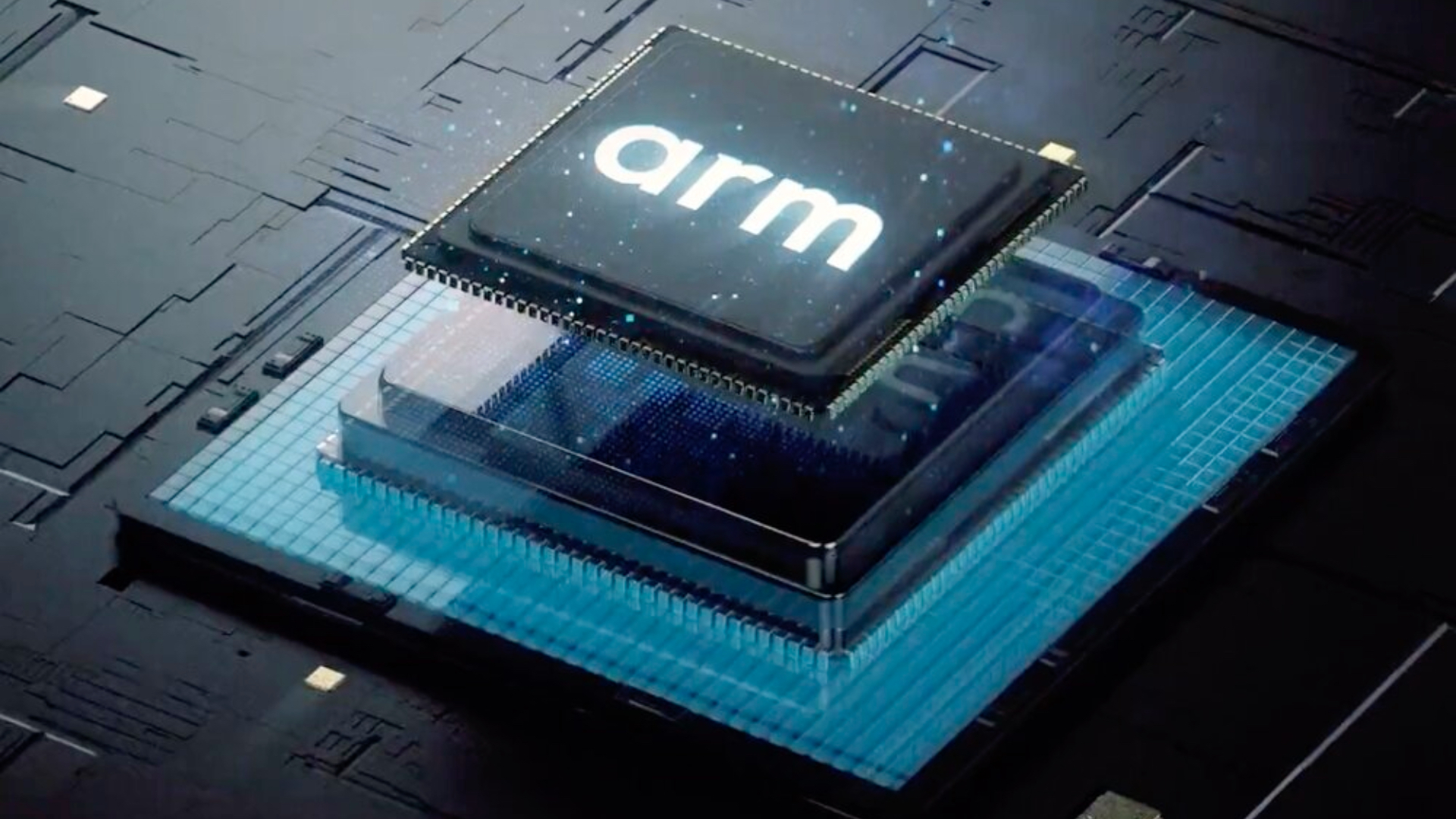Samsung's Exynos chips may soon face another competitor. The British semiconductor company Arm is reportedly prototyping its own chipset (or multiple ones), which would compete with Samsung's Exynos as well as Qualcomm and MediaTek, putting Arm in an awkward position as a chip designer but also in a position to shake the semiconductor industry to its core.
Industry sources (via Financial Times) say that Arm's started developing its chip in the past six months. Although the company built some test chips before, this latest prototype is “more advanced” than ever.
Arm is traditionally a chip blueprint designer and supplier. It doesn't manufacture its own chips but sells chip designs to other companies, including Samsung and Qualcomm. That is how the Exynos 2200 and Snapdragon 8 Gen 1 end up using the same “ARM Cortex” CPU cores designed by Arm.
Manufacturing chips is a risky proposition for the designer
Arm's profitability comes mostly from designing chips and selling those blueprints to other companies. Also, it doesn't have a foundry, so if Arm is to design and manufacture its own chip to compete with Exynos and Snapdragon, it would have to contract a chipmaker like Samsung or TSMC.
On one hand, giants such as Samsung Foundry and TSMC could profit from manufacturing Arm chips. On the other hand, Arm would go against its long-time partners (including Samsung) and enter a competition that could hurt its chip-designing business.
For these reasons, some industry insiders believe that Arm's new prototype chip is not meant to enter mass production and be commercialized as an alternative to the likes of Snapdragon or Samsung Exynos. The chip is more of a show of force; A test run to demonstrate Arm's prowess and the capabilities of its designs.
Whatever the case, reports say Arm's prototype project is spearheaded by chip industry veteran Kevork Kechichian, who has previously worked for NXP Semiconductors and Qualcomm and joined the top executive team at Arm in February. The prototype chips — as there may be more for different uses and device types — are being created by a new “solutions engineering” team at Arm.







